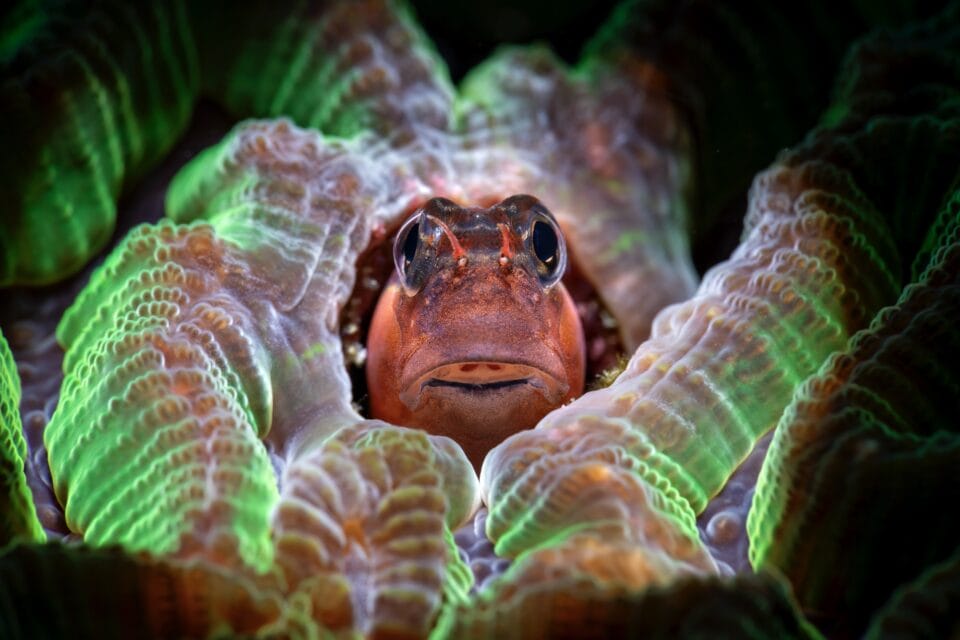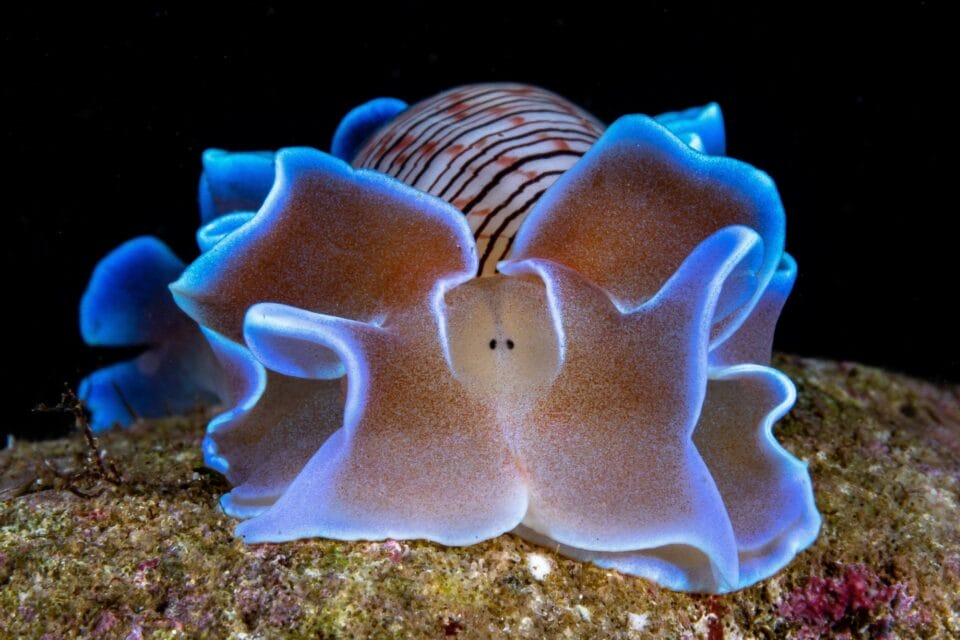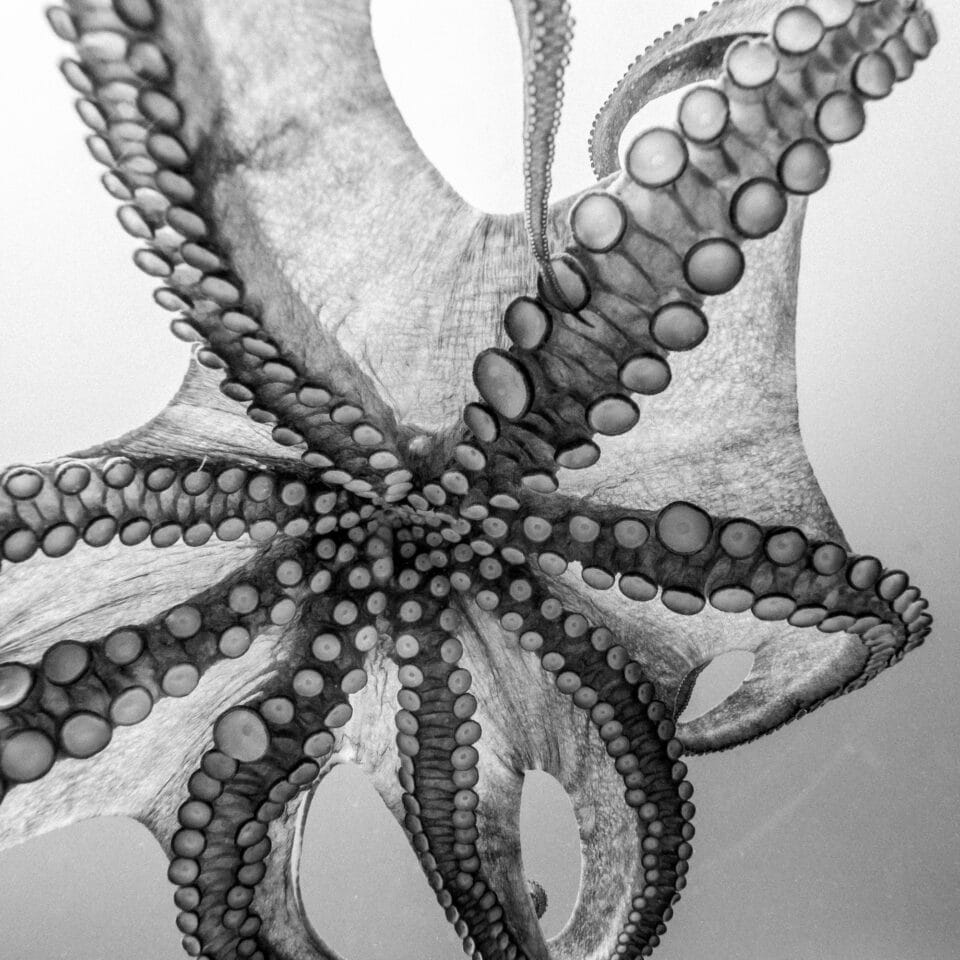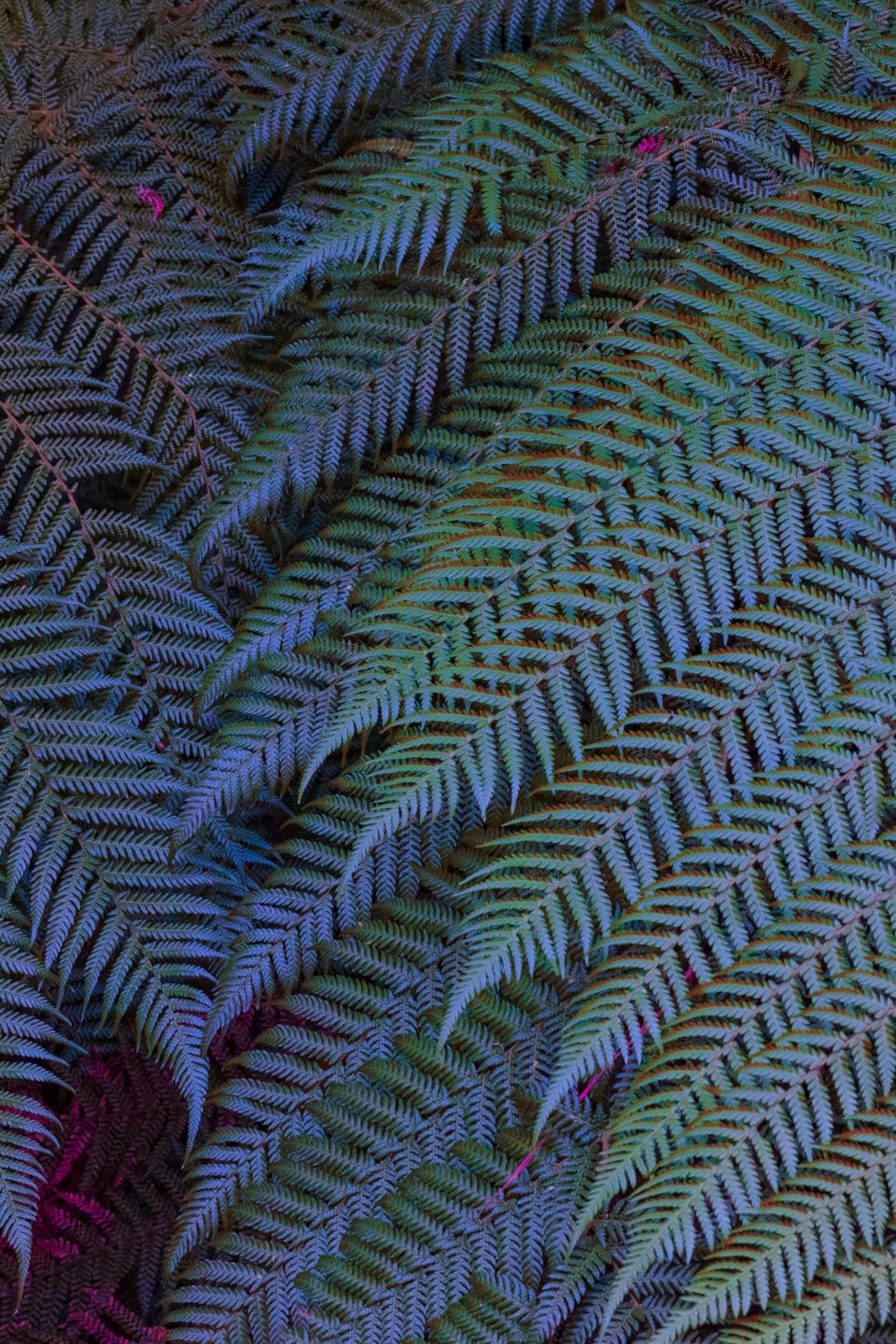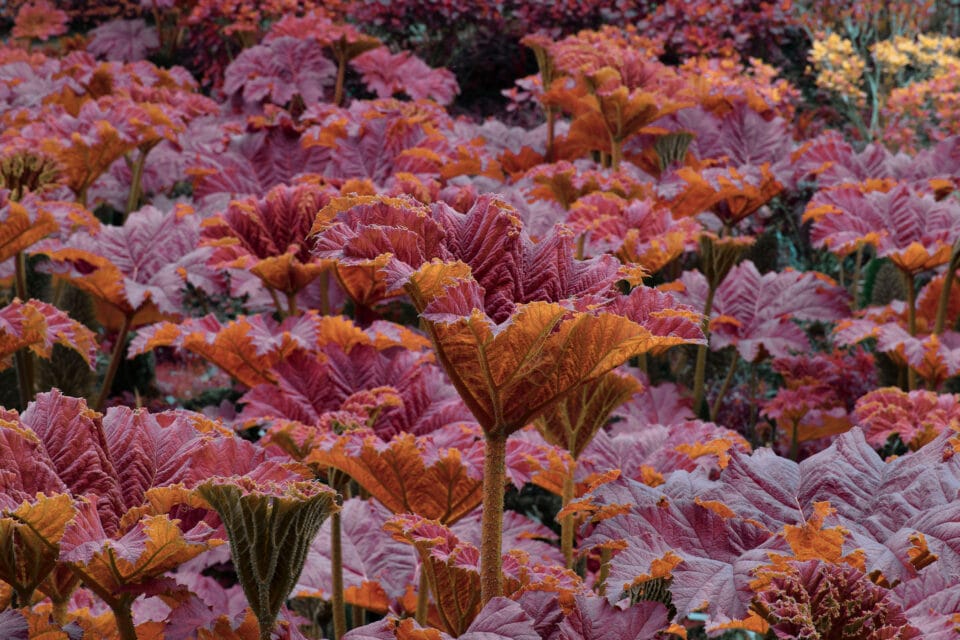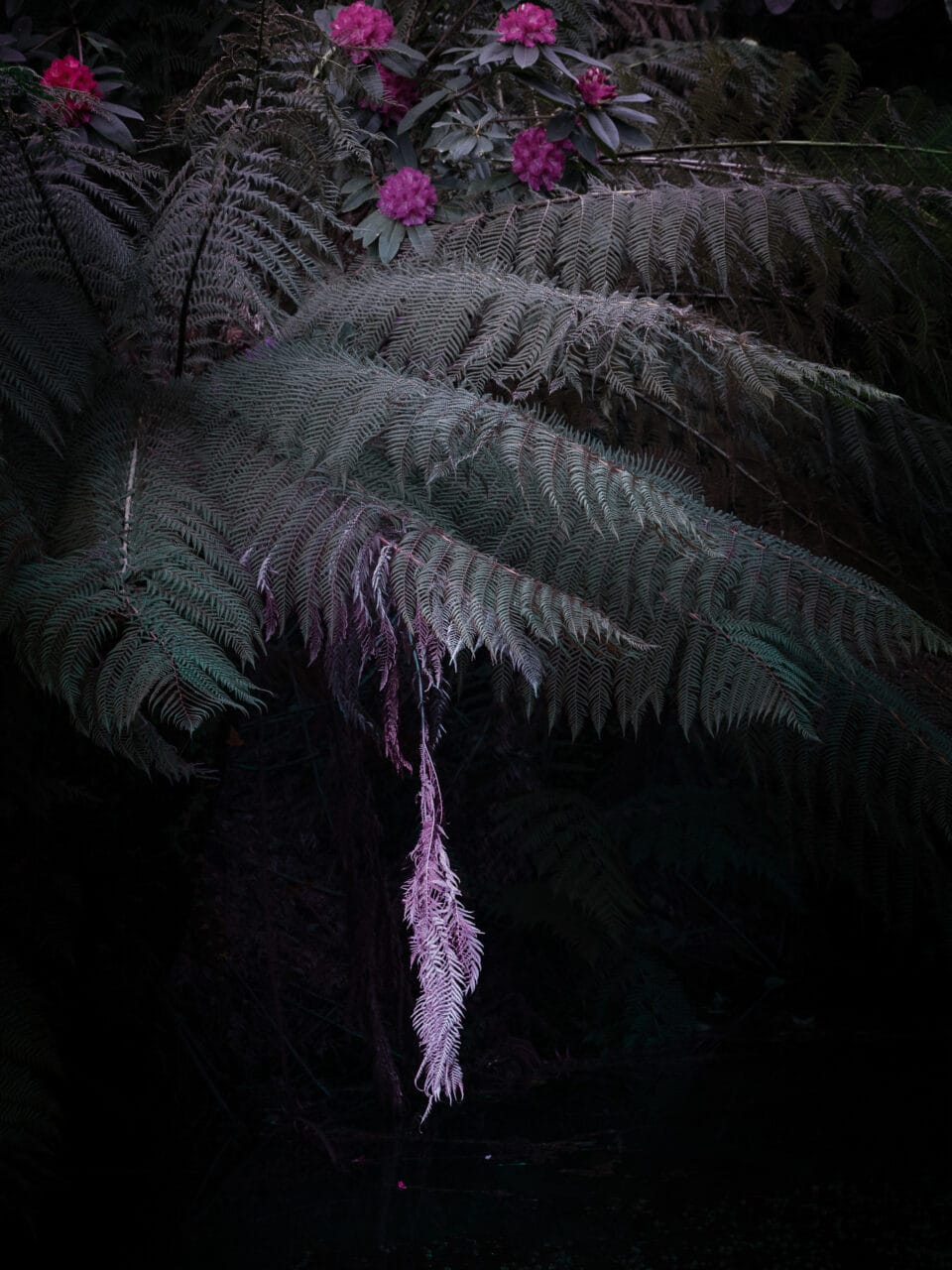Regular bathroom cleaning is necessary to eliminate grime, bacteria, and mold. Clean bathrooms smell better. Bathrooms are used regularly by a number of people–some of whom may leave it messy. Bathrooms are full of hard-to-clean fixtures like faucets, toilets, drains, mirrors, and vanities. Use some of these tips and tricks to make the job easier and the bathroom cleaner.
Few people look forward to cleaning bathrooms but using these tips makes the job go quicker and the results more successful.

Vinegar, Water, and Baking Soda
Vinegar and baking soda are popular inexpensive cleaners in most households. They have many uses in bathrooms.
- On the Shower Curtain – Use a 50/50 vinegar/water mixture to spray showers, doors, and curtains after every shower or every second shower to keep soap scum from building up.
- In the Toilet – Sprinkle baking soda into the toilet bowl regularly before flushing. It is slightly abrasive and helps keep the bowl clean between scrubbings.
- In the Drains – Pour about six tablespoons of baking soda down bathroom drains if they are running slowly. Add the same amount of vinegar. Let sit for about 30 minutes, then rinse it away with warm water. Let the water run for at least five minutes for a good drain flush. This works on soap scum and other blockages. It does not work on hair.
- For the Shower Head – Remove the shower head and soak it in distilled white vinegar overnight to clean off built-up mineral deposits.
- Grout Cleaner – Make a paste with baking soda and water. Use a toothbrush to scrub the grout lines, then rinse clean.
Use Clean Tools
Clean your cleaning equipment after every use. Dirty mops, dusters, cloths, and brushes spread dirt around instead of removing it. Dried, crusty, and gritty dusters and cleaning cloths can scratch some surfaces.
Toothbrushes and Chopsticks
Don’t throw out old toothbrushes. They make great cleaning tools for tight hard-to-get-at places like faucets, vanity handles, grout lines, and more. The bristles remove grime and mold.
A microfiber cleaning cloth on the end of a chopstick also gets into tight spots when you don’t need the friction of a bristle brush.
Microfiber Cloth Cleaning
Buy and use microfiber cleaning cloths. They trap bacteria and dirt. They don’t leave lint or streaks and clean easily in the washing machine.
Courtesy: freepik.com – Cleaning with a microfiber cloth.
Use Hydrogen Peroxide For Mold and Mildew
Hydrogen peroxide kills mold and mildew just like bleach but without the odor or potential health problems. Spray it onto the affected area, let it sit for about 10 minutes, then scrub the area clean.
Dust First, Then Clean
Get the dust out of the bathroom before cleaning. Dust clogs up cleaning tools and leaves streaks. You may just be moving it around and leaving it stuck in a different spot.
Electric Power Scrubbers and Toothbrushes
Battery-powered electric bathroom scrubbers make a quick and efficient job of cleaning tubs, toilets, sinks, and tile. There are many options with various attachments available for $50.00 or less. You can also get attachments for electric drills but drills are bulkier and heavier.
An electric toothbrush saves scrubbing effort in small tight spaces. Save the old brush heads for cleaning when you change to a new one.
Clean Family Toothbrushes
Toothbrushes remove the bacteria from your mouth, then they dry on the brush until the next use. Electric toothbrushes collect bacteria, saliva, and toothpaste between the brush head and motor.
Soak the bristle parts of toothbrushes in hydrogen peroxide overnight. Remove the brush head from electric toothbrushes and soak them and the motor end. Rinse clean in the morning. Soak toothbrushes in hydrogen peroxide weekly.
Use Shaving Cream As a Cleaner
Use shaving cream in the bathroom for more than just shaving.
- Jewelry. Gentle and effective. Rub jewelry for a couple of minutes in shaving cream, then rinse well to restore the shine.
- Mirrors. Spray bathroom mirrors and shower doors with a thin layer, then wipe it off to prevent fogging after a shower.
- Faucets. Polishes bathroom and kitchen faucets to a bright shine. Especially effective on stainless steel.
- Makeup Stains. Spot clean towels, facecloths, and other fabric. Let sit for 10 minutes. Blot off the shaving cream and wash normally.
Use Aspirin for Cleaning Pain
Two aspirins dissolved in water removes soap scum from faucets and sinks and showers. Aspirin works because it is slightly acidic and can substitute for regular cleaners if you run out.
Use Cooking Spray In the Bathroom
The oil in non-stick cooking spray breaks down and removes lime deposits. It is a safe and easy-to-use cleaner.
- Vanity Hinges. Lubricates and prevents squeaking.
- Faucets. Put a shine on sink and tub faucets by spraying with non-stick cooking spray and wiping clean.
- Soap Scum. Works on shower stalls and tiles. Rinse with hot water so the shower floor is not slippery.
- Shower Doors. Removes soap scum and lime deposits. Rinse with hot water to remove the oil film.
Keep It Dry
Use your hand towel or bath towel to dry faucets and fixtures every time you wash or shower. Removing drips and spray regularly keeps chrome shiny and makes regular cleaning easier. Make sure the floor is dry after showering. Wet dust sticks better to floors, countertops, and toilets. Dry floors are safer to walk on.
Use a Bleach Pen
Bleach pens make cleaning grout lines easy without bleaching the entire surface. Run the pen over the grout, leave it sit overnight, and wipe it clean with warm water.
Clorox bleach pens are difficult to get (discontinued?) and expensive. Similar products work well on fabric but may not clean grout as effectively.
Recycle Silica Gel Packets and Used Dryer Sheets
Silica gel packets absorb moisture. Save a few that come with your purchases and place them in the medicine cabinet. They reduce the humidity that rusts razor blades and affects medicines. The bath fan can’t remove humidity from an enclosed cabinet.
Used dryer sheets are slightly abrasive. They remove lime deposits from tubs, fixtures, and bathroom tile. Make the slightly damp and rub out the lime.
Toilet Brush Etiquette
Dirty wet toilet brushes put back in the holder grow mold and bacteria. After use, disinfect the brush with hydrogen peroxide. Trap the handle between the toilet seat and bowl so it can drip into the toilet. Make sure the brush holder is clean before putting the brush away.
Use Pumice Stone For Toilet Rings
Pumice stone is a soft abrasive that scrubs away limescale, rust, and hard water stains in toilets without damaging the porcelain surface. For best results, lower the toilet’s water level but keep the stained area wet while working on it.
Shower Squeegee
Wiping down showers and tubs after using them is a must to prevent soap scum buildup, streaks, and mold. A shower squeegee makes it easy to remove water drops and mineral deposits from shower doors, tiles, and tubs.
Dry the Shower Curtain
Spread out your shower curtain to get air to the whole thing. An open window or bathroom exhaust fan moves drier air around it. Wet curtains promote mold and mildew growth. They can stay damp between showers if pushed into a bunch.
The post Bathroom Cleaning Tips and Tricks You’ll Wish You Knew appeared first on Homedit.


